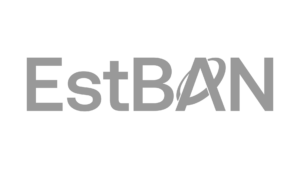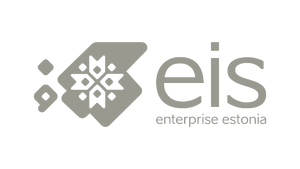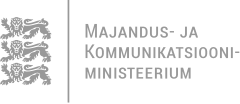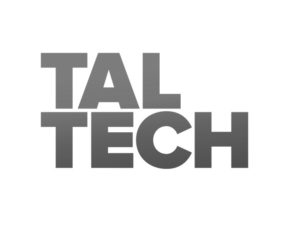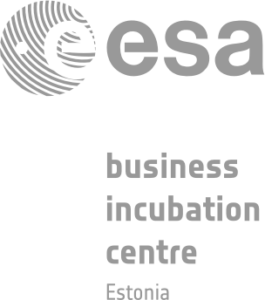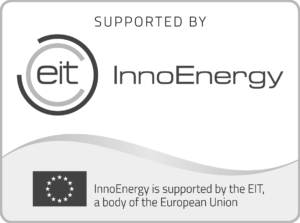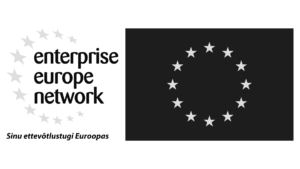01.06.2016
Helmes: Designer of the electronic prescription solution
Software company Helmes has been operating to build better software solutions for the last 25 years.
Did you know that 97% of prescriptions in Estonia are issued digitally by using a solution developed by Helmes?
Andres Kukk, responsible for eHealth solutions at Helmes, explains that the daily work of the company is to create business critical software solutions for big international companies. “In technical terms, we design software, develop and host it, meaning we are responsible for the end-to-end solution. The software design in turn starts from process analysis to work out the actions with the customer and find a viable solution supporting it.”
One common feature in Helmes’ projects is the large number of final customers. “For example, we have produced software for the insurance sector where over 100,000 insurance specialists globally use our solution for providing services for their customers,” says Kukk. Helmes is competent in integrating several different systems. “The systems may be geographically redundant, with different technologies and complex integrations. At the same time their reliability is of utmost importance. When we look at the scope and total volume of the projects, Helmes is the best system integrator in the market since the performance of big integrations demands different competence and technological capabilities, long-term experience and very good training of specialists.”
The technological competencies of Helmes include .net, Java, PHP, Microsoft, Oracle, SAP, IBM, Progress, Aurea. Kukk considers the versatility of technology projects to be essential as this gives experience and the capability for specialists to move between different tasks and have their say in different areas of competence.
Successful eHealth projects
In the eHealth area, Helmes is known as the developer of e-prescribing, but healthcare is only one of the directions of the company. In addition, Helmes operates in finance, telecommunication, logistics and insurance.
Kukk highlights four eHealth projects. For impact and scope, the best example would be e-prescribing. The central solution enables doctors and pharmacists to issue prescriptions and track them. All Estonian hospitals and pharmacies have been interfaced with the system. “We built a huge system in global terms for little money with rather low investment from the state. It was not a rocket science, but the project has had great impact and a symbolic meaning – the lives of people have become more convenient, satisfaction with the service is high and it has gained great international recognition,” highlights Kukk.
„In comparison to electronic prescribing, our second solution – the hospital information system eHIS (modular platform for hospitals, based on SOA principles, includes Radiology IS (RIS), Patient Administration System (PAS), Electronic Medical Record (EMR), Enterprise Resource Planning (ERP) etc), is definitely more complicated. We have been dealing with this solution for ten years and essentially this project sets challenges for the architecture, convenience and business impact. We have been efficient, and with a small team we have gained a great result we are satisfied with. It is always possible to do better but this means bigger investments.
We started in eHealth with a radiology information system that enables the work process to be tracked from placing the order until transferring of the response to the PACS system. In a social context, the healthcare information system for schools is important since it brings medical aid closer to the school and accelerates information exchange,” says Kukk.
Challenge: simple services for specialists as well as patients
According to Kukk, the developers in the health or eHealth area have similar challenges – there is a lack of resources in the whole world, there are less and less doctors and specialists, and at the same time demand and expenses are increasing. “The solution may lie in a changed understanding that we cannot constantly generate new resources and we are not able to provide better service to an ageing society with an increasing demand. People themselves must be motivated to be healthy and prevent illnesses, such an attitude must govern the whole society. Here the challenges start – to provide available services that help people to control their own health. Data must be present in a standard form to design an easy to use and accessible service from them.
The design of a simple service does not depend only on us but on the whole chain: data must be present and correctly retained in the hospital, the state should standardise it. Today we are able to build quality solutions for the hospital specialists based on the existing data but we want this information also to be available for the patients so that they can receive the best service and make the best decision,” he offers.
Growth potential is seen in the healthcare area export
Although the healthcare solutions form only 5 % of the company’s services, thoughts are also moving towards export. “We have already reached the world market with other services. In respect of Health IT, the business is local in nature and hence lots of local solutions are built for them. Today we produce solutions mainly for one of the biggest competence centres in Estonia – the North Estonia Medical Centre (NEMC), but since there are no significantly larger customers than NEMC
for software engineers in Estonia, the logical step is to move to foreign markets,” says Kukk.
“Helmes will have 1-2 foreign customers in five years – global healthcare technology customers with whom we develop the products or services for the global healthcare market or their customers all over the world. We could have a product or service used by specialists in hospitals all over the world. To provide a global level software solution for the healthcare institutions – this could be a realistic scenario,” says Kukk.


